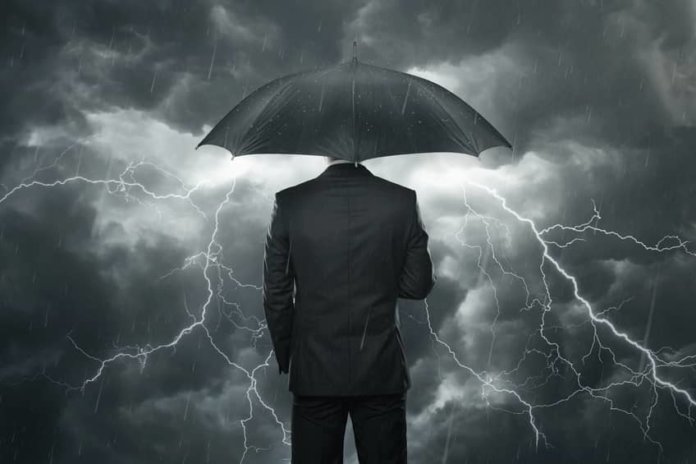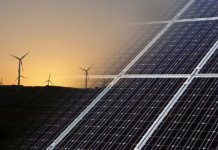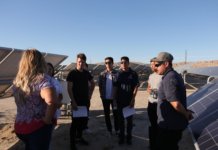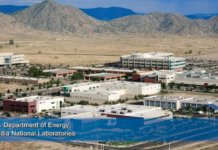After eight years of work, the U.S. Department of the Interior’s (DOI) Bureau of Land Management’s (BLM) newly released Desert Renewable Energy Conservation Plan (DRECP) will effectively foreclose development of renewable energy resources on millions of acres of federally managed lands in Southern California, according to a coalition of renewable energy and labor groups in response to the federal government’s release of the plan.
Specifically, the coalition says the plan abandons the initial promise to balance renewable development with preservation of desert land: Approximately 3 million acres that had been available for solar and wind development will be rendered off-limits.
The American Council on Renewable Energy (ACORE), California Wind Energy Association (CalWEA), California & Nevada State Association of Electrical Workers, Large-scale Solar Association (LSA) and Solar Energy Industries Association (SEIA) say the plan will significantly and permanently limit solar and wind energy development on these public lands. In addition, according to the groups, it could hamstring existing state and federal environmental goals, as well as any future, more ambitious goals that could engender further growth of the clean energy economy.
Since the initiation of the DRECP in 2008, California has substantially increased its renewable energy and carbon reduction goals, the groups note, and the Obama administration has declared even more ambitious plans to combat climate change.
However, the DRECP never changed to address the need for additional renewable energy, the groups claim.
“The DRECP has simply failed to adapt to enormous changes in law and policy that mandate a significant and urgent increase in renewable energy development on public lands and elsewhere,” said Shannon Eddy, executive director of LSA. “The DRECP issued by the BLM today is a Model T in a Tesla world. Rather than fostering sustainable clean energy development as a part of a conservation plan, it severely restricts wind and solar.”
The coalition notes that the California desert is arguably the most important renewable energy resource area in the country. The groups also highlight the squandered opportunity to create jobs and economic growth associated with utility-scale renewable development in the area.
Tom Kimbis, acting president of SEIA, added that the agencies “missed a golden opportunity to balance the preservation of parts of the California desert with clean, renewable energy development across some of America’s richest renewable resource areas.”
“The Obama administration is unparalleled in its support for renewables, but this plan permanently locks up some of our greatest untapped solar and wind resources and chooses regulation over innovation and progress,” he explained.
Of the nearly 11 million acres of public lands that the BLM studied as part of the DRECP, the final plan sets aside under 388,000 acres for renewable energy development – much of which BLM acknowledges is not appropriate for solar and wind projects, according to the groups.
The plan also punts identification of additional lands for renewable energy development to an elusive “Phase 2.” Considering the focus will be on private lands, the groups expect little coordination between the BLM and counties, and renewable energy developers doubt that the next phase will yield the lands necessary to meet long-term energy and climate goals.
“It is disappointing that the plan does not reflect better balance,” said Gregory Wetstone, president and CEO of ACORE. “We can protect desert habitat without effectively prohibiting pollution-free wind and solar energy development on millions of acres of the planet’s best renewable resources.”
According to a press release from the DOI, the DRECP is the result of an eight-year process of extensive public participation, which included collaboration among the Bureau of Land Management, U.S. Fish and Wildlife Service, California Energy Commission, California Department of Fish and Wildlife and other stakeholders. The agencies held 11 public meetings and received more than 16,000 comments following the draft DRECP’s release in September 2014.
“Renewable energy is a key part of California’s approach to addressing climate change, and large-scale renewable energy projects in the California desert will play an essential role in California meeting climate and renewable energy goals,” said California Energy Commissioner Karen Douglas. “The DRECP provides a clear pathway for projects on public lands, while giving the state much greater certainty about where those projects could be located.”




